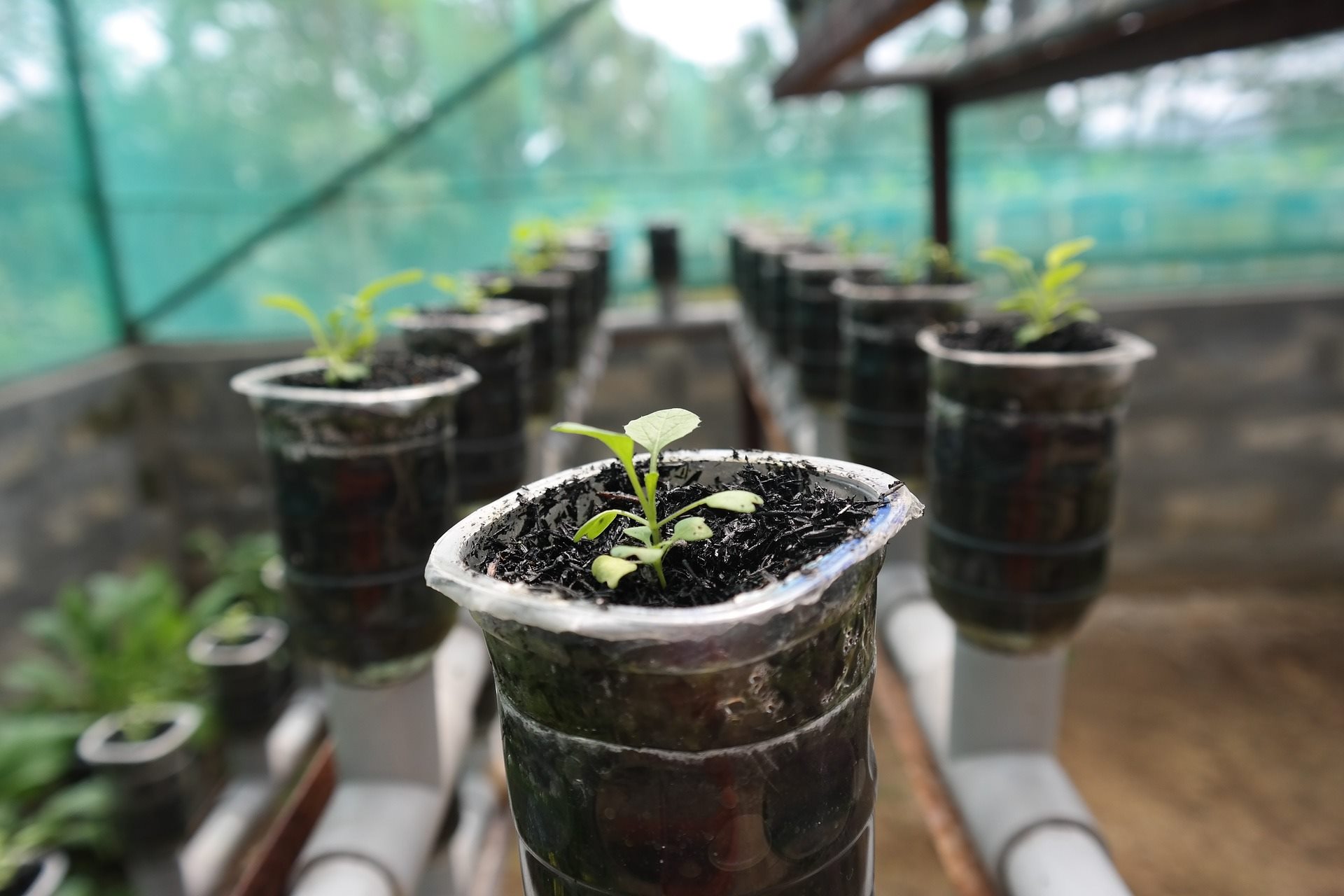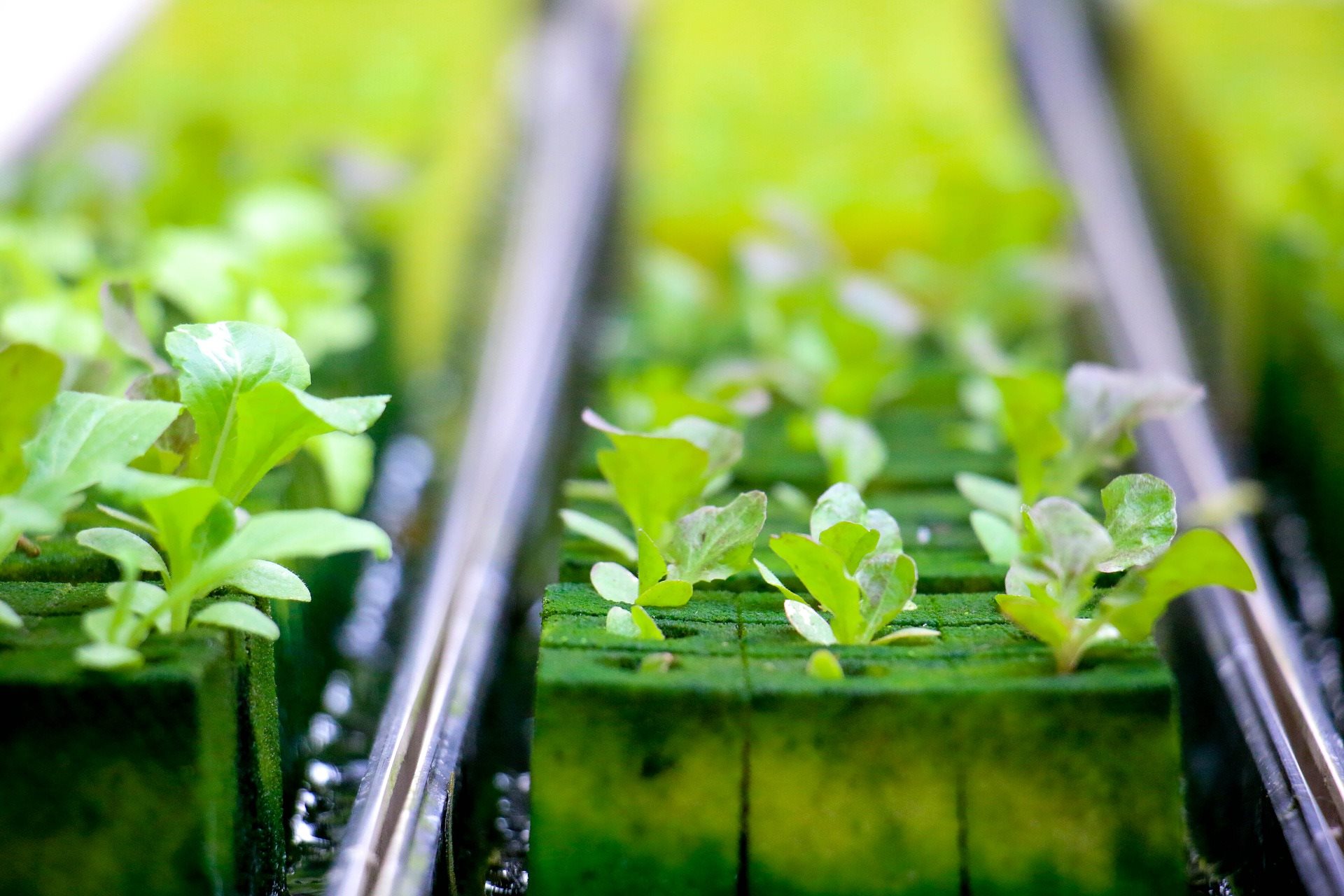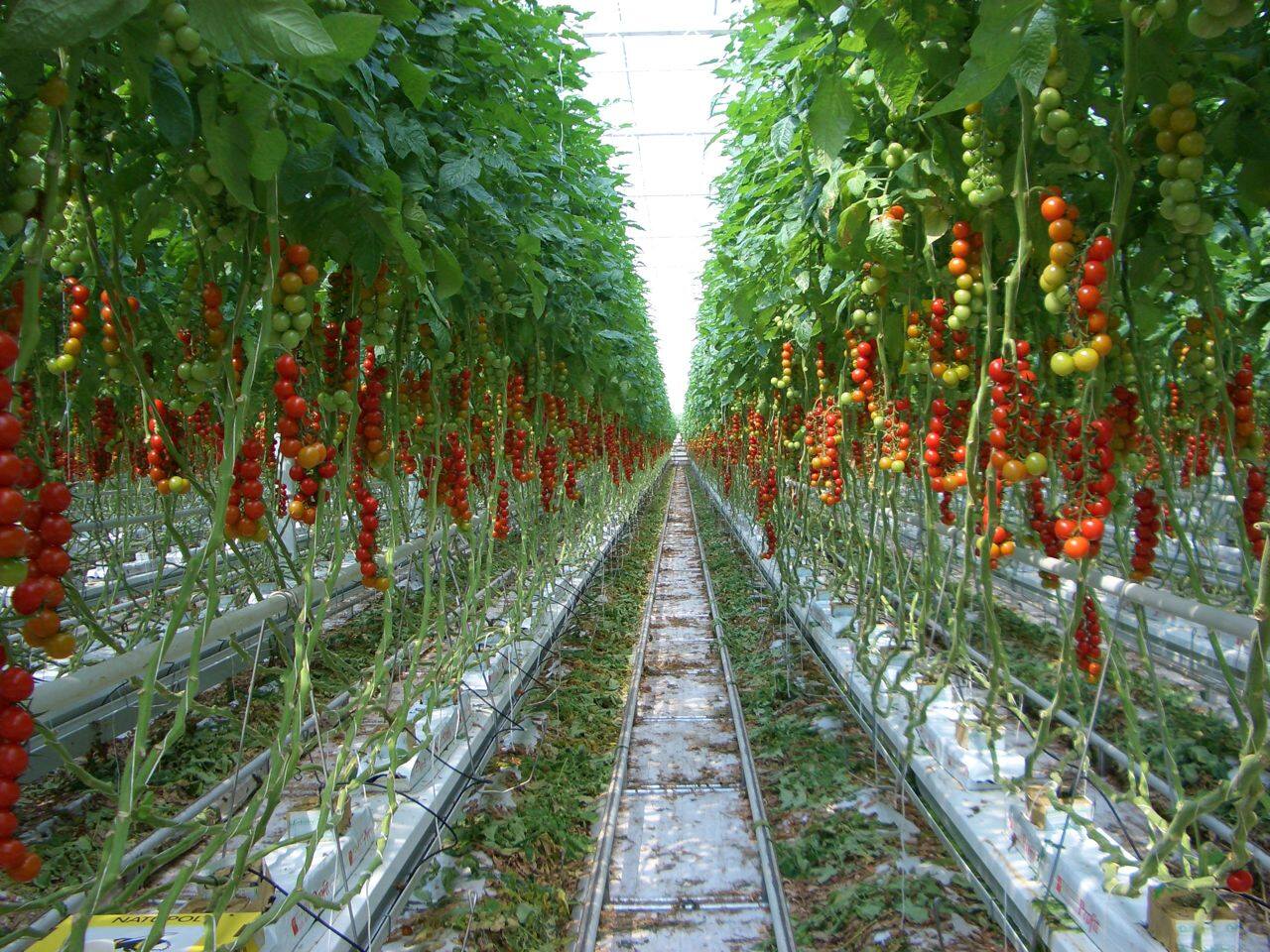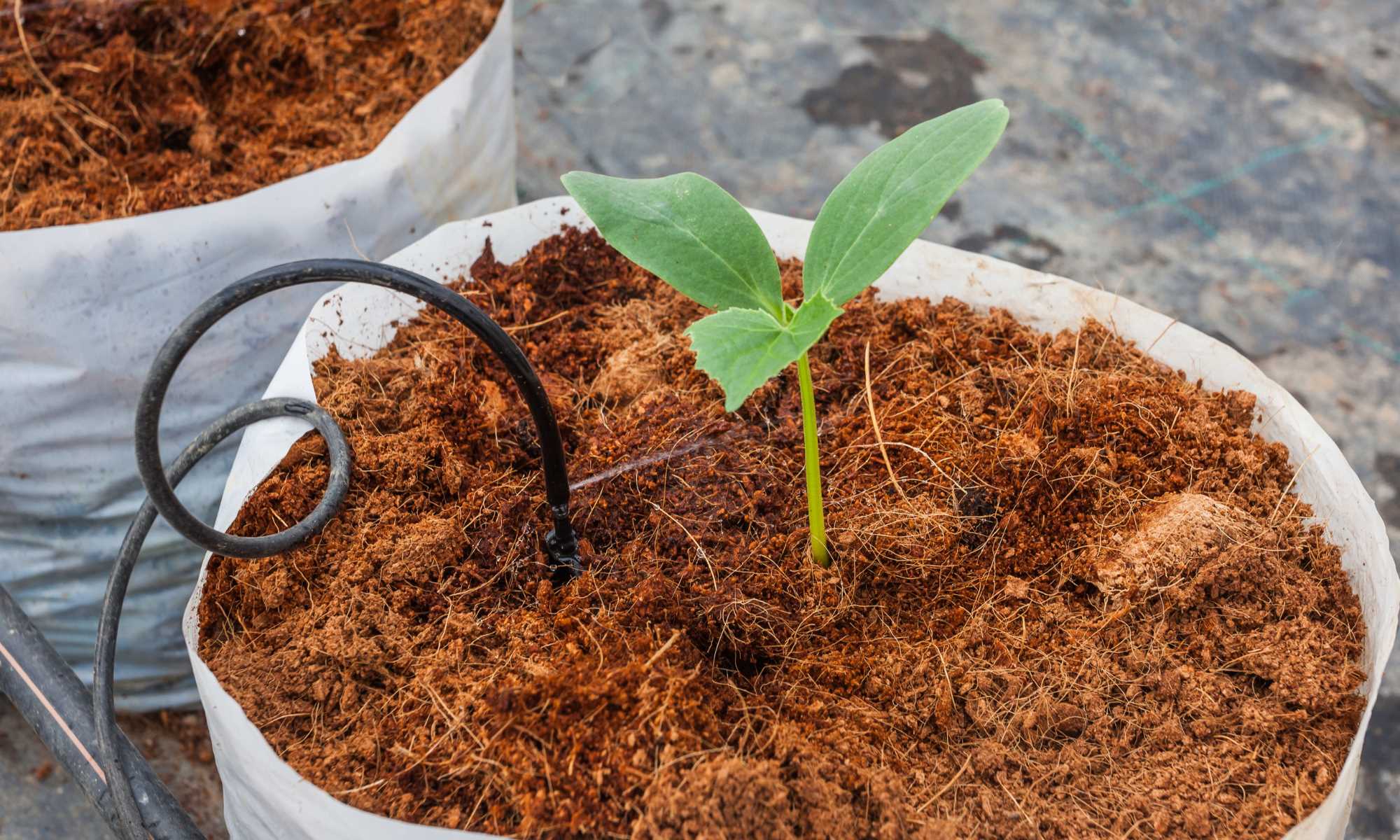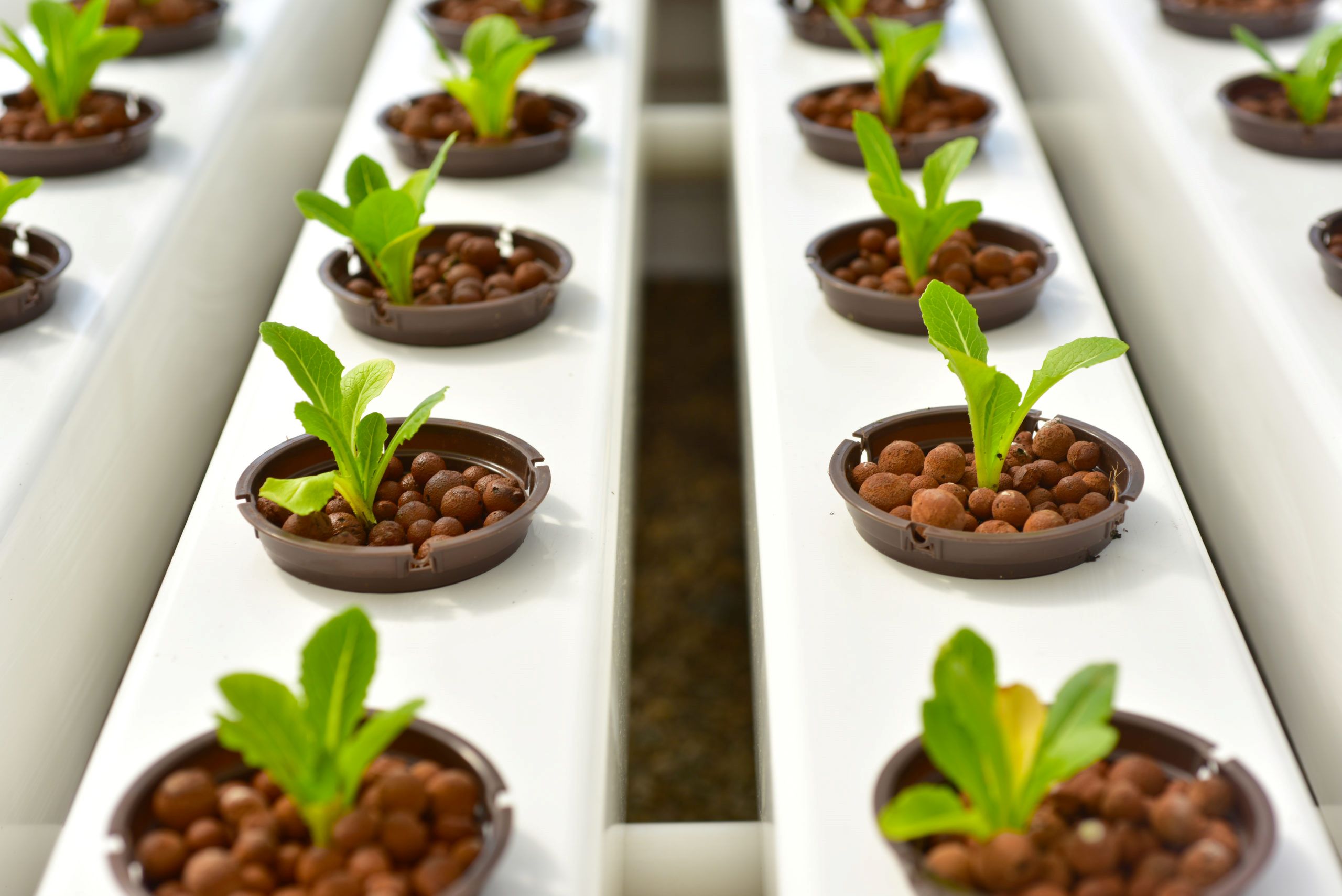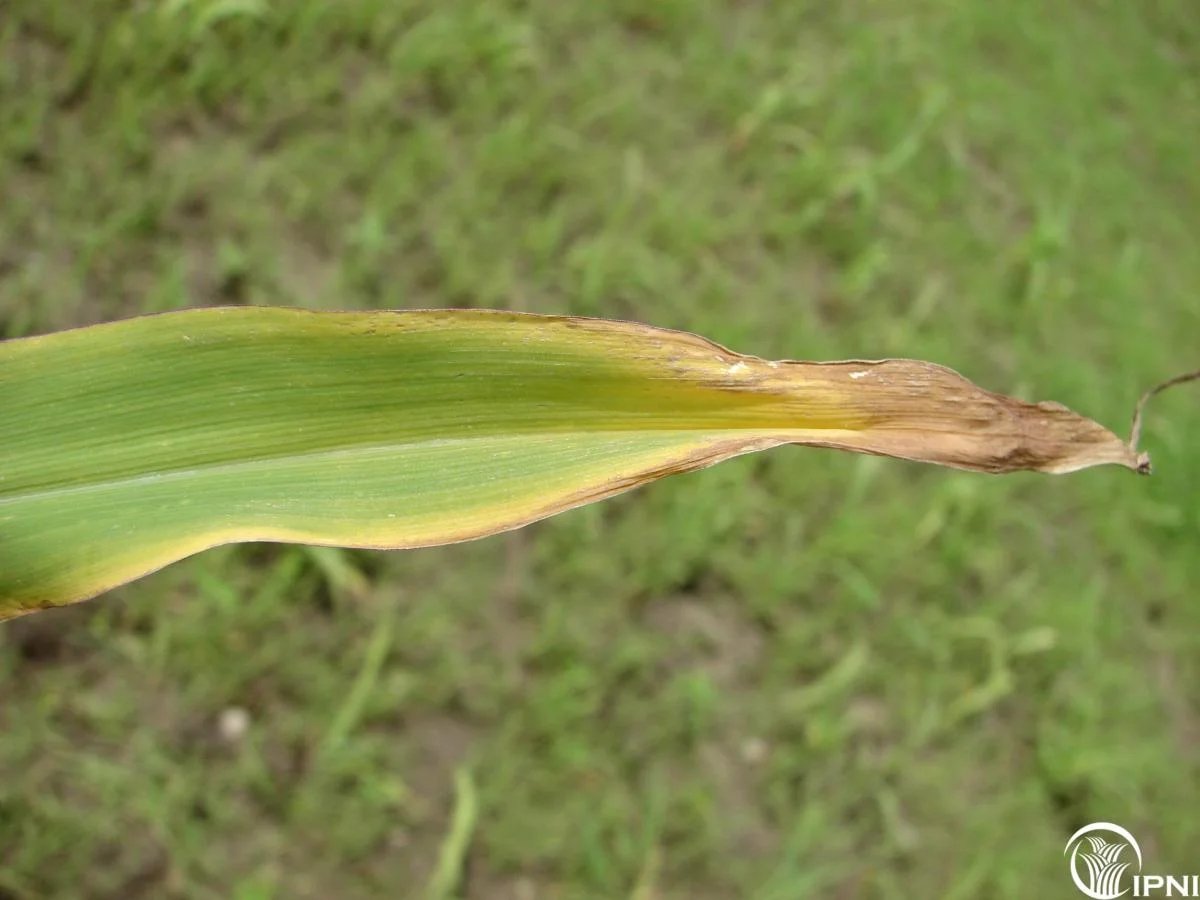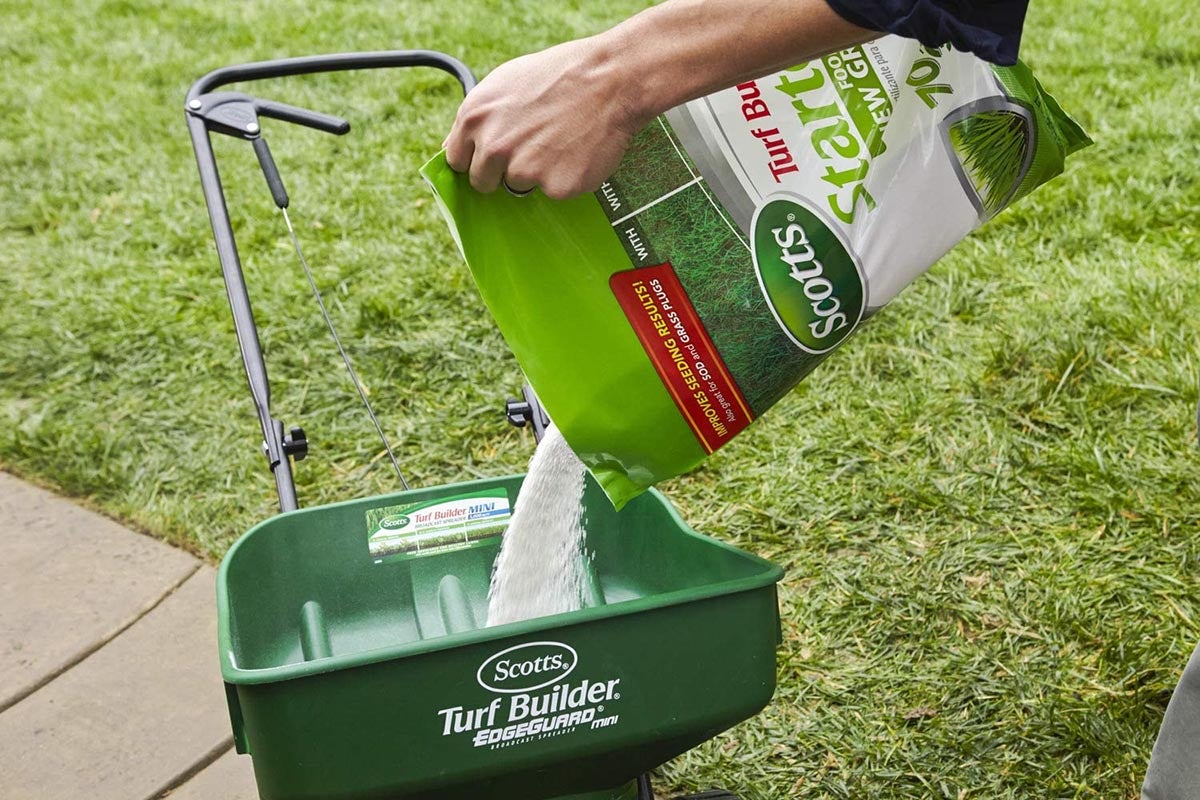Home>Gardening Tips and Tricks>Eco-Friendly Gardening>What Is The Medium Used In Hydroponics
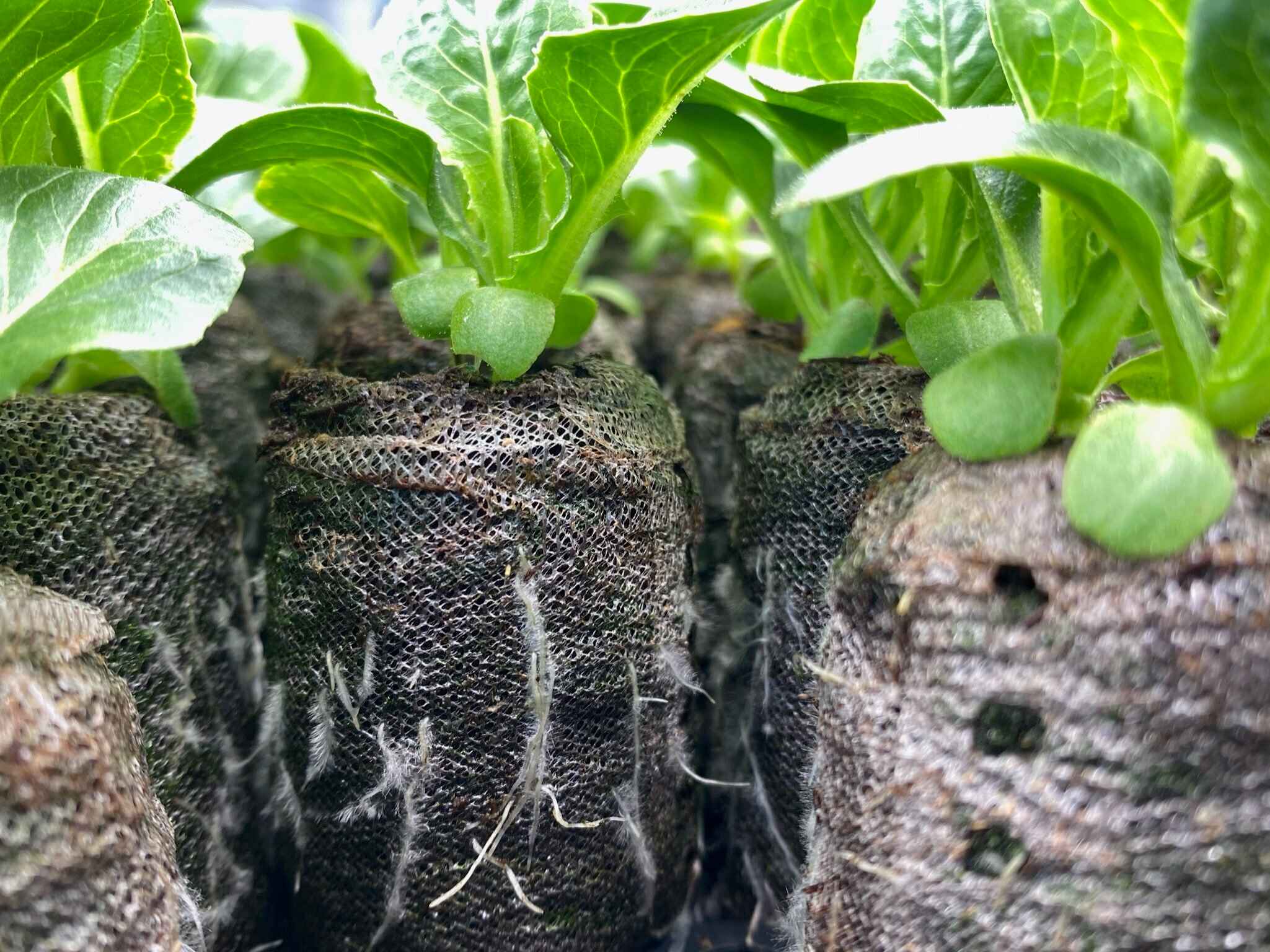

Eco-Friendly Gardening
What Is The Medium Used In Hydroponics
Modified: February 10, 2024
Discover how hydroponics, an eco-friendly gardening method, uses a nutrient-rich medium to grow plants efficiently and sustainably. Learn more today!
(Many of the links in this article redirect to a specific reviewed product. Your purchase of these products through affiliate links helps to generate commission for Chicagolandgardening.com, at no extra cost. Learn more)
Introduction
Welcome to the world of eco-friendly gardening! In this article, we will explore the various mediums used in hydroponics, a sustainable and efficient method of growing plants without soil. Hydroponics offers numerous benefits, including water conservation, reduced need for pesticides, and higher crop yields. By understanding the different mediums used in hydroponics, you can make informed choices to create a thriving and environmentally friendly garden.
So, what exactly is hydroponics? It is a cultivation technique that relies on nutrient-rich water solutions to deliver essential minerals directly to the plant roots. By eliminating soil as the growing medium, hydroponics offers several advantages. It allows for precise control over nutrient levels, pH balance, and water supply, ultimately leading to healthier and more vigorous plants.
In hydroponic systems, the growing medium plays a crucial role in supporting the plants, providing stability, and facilitating the absorption of water and nutrients. There are several options available when it comes to choosing the medium for your hydroponic garden, and each has its own unique properties and benefits.
Water
Water is an essential component in hydroponics, serving as the medium through which plants receive essential nutrients. When it comes to hydroponic gardening, using clean and properly balanced water is crucial to the success of your plants.
One of the main advantages of hydroponics is the ability to conserve water compared to traditional soil-based gardening. Hydroponic systems recycle and reuse water, leading to significant reductions in water usage. Additionally, the controlled environment of hydroponics allows for optimal water usage, as plants only absorb the amount they need without excess waste.
It is important to use water that is free from contaminants such as chlorine, heavy metals, and pathogens. To achieve this, many hydroponic gardeners opt for reverse osmosis systems or other water filtration methods. These systems remove impurities, ensuring that plants receive only clean and pure water.
In addition to using clean water, maintaining the correct pH balance is vital for optimal plant growth. Most plants thrive in a slightly acidic to neutral pH range, typically between 5.5 and 6.5. Regularly monitoring and adjusting the pH level of the water in your hydroponic system is necessary to ensure that plants can effectively absorb nutrients. pH adjustment can be done using substances like pH Up or pH Down.
It is important to note that the water used in hydroponics does not contain any natural nutrients. These nutrients must be added to the water in the form of nutrient solutions, which we will explore in the next section.
Nutrient Solutions
In hydroponics, nutrient solutions play a vital role in providing plants with the necessary minerals and elements for their growth and development. These solutions are carefully formulated to ensure that plants receive a balanced and complete diet that mimics the nutrients found in soil.
A nutrient solution typically consists of essential elements such as nitrogen, phosphorus, potassium, calcium, magnesium, and trace elements like iron, copper, and zinc. These nutrients are dissolved in water and delivered directly to the plant roots, allowing for efficient absorption and utilization.
Selecting the right nutrient solution for your hydroponic garden is crucial. There are various commercially available nutrient solutions specifically designed for hydroponics, ensuring that plants receive all the necessary nutrients in the correct quantities. These solutions are usually labeled with the specific stage of plant growth they are suitable for, allowing for tailored nutrition as plants progress from seedlings to mature plants.
It is essential to closely follow the manufacturer’s instructions when preparing and using nutrient solutions. This ensures that you provide your plants with the optimal nutrient balance and prevent any nutrient deficiencies or toxicities.
Monitoring and adjusting the nutrient levels in your hydroponic system is also important. As plants grow and use up nutrients, it is necessary to regularly test the nutrient solution’s pH, electrical conductivity (EC), and nutrient levels. This can be done using specialized meters or test kits. Making adjustments as needed ensures that plants always have access to the right balance of nutrients, promoting healthy growth and abundant yields.
Remember, providing plants with the correct nutrient solution is crucial for their overall health and productivity in a hydroponic system. Regular monitoring and adjustment of nutrient levels will help you maintain thriving and flourishing plants.
Substrates
Substrates are materials that are used in hydroponics to provide physical support to the plant roots. Unlike traditional soil-based gardening, where soil acts as the primary substrate, hydroponic systems require alternative materials that are lightweight, porous, and promote healthy root growth.
One commonly used substrate in hydroponics is expanded clay pellets. These lightweight, round pellets are made by heating clay in a kiln, causing them to expand and create air pockets. Expanded clay pellets provide excellent aeration and drainage, allowing roots to access oxygen and preventing waterlogging. They also have a high water-holding capacity, ensuring that plants have access to moisture between watering cycles.
Another popular substrate is rockwool, which is made from molten basalt rock or slag spun into fibers. Rockwool provides excellent water retention, promotes root growth, and maintains an optimal balance of air and water. It comes in various forms, including cubes, slabs, and loose fibers, making it versatile for different hydroponic setups.
Coco coir, derived from the outer husks of coconut shells, is gaining popularity as a substrate choice in hydroponics. It has excellent water retention capabilities while still allowing for good drainage and aeration. Coco coir is also a sustainable option as it is a renewable resource and can be used as a soil amendment after being used as a substrate.
Other substrates used in hydroponics include perlite, vermiculite, and growstones, all of which provide aeration and drainage while retaining some moisture. Each substrate has its own unique characteristics, and choosing the right one depends on factors such as the specific plant species, the hydroponic system used, and personal preference.
When using substrates in hydroponics, it is important to ensure that they are clean and free from contaminants or pathogens. Proper sterilization and rinsing before use will help maintain a healthy growing environment for your plants.
Remember, the choice of substrate in hydroponics can greatly impact the growth and development of your plants. It is crucial to select a substrate that provides adequate support, aeration, drainage, and water retention to promote healthy root growth and overall plant health.
Growing Media
In hydroponics, growing media refer to materials that support the plant roots and provide a medium for them to anchor and grow. Unlike substrates, which are primarily used for physical support, growing media also serve as a medium for the plants to extract water and nutrients.
One commonly used growing medium in hydroponics is nutrient film technique (NFT) systems. In NFT systems, a thin film of nutrient-rich water flows over a sloped channel, and plant roots are suspended in the stream of water. This allows the roots to have constant access to water and nutrients as they grow, without the need for additional media.
Another growing medium used in hydroponics is gravel. Gravel provides stability for plant roots while still allowing for adequate drainage and oxygenation. It is commonly used in larger systems, such as deep water culture (DWC) or flood and drain systems.
Hydroponic gardens can also utilize various mixtures of growing media, such as combining perlite, vermiculite, and coco coir to create a balanced blend. These mixtures help provide a well-drained yet moisture-retaining environment for plant roots. The choice of growing media mixture depends on the specific needs of the plants being grown and the preferences of the gardener.
Sand, which offers good drainage but minimal water retention, can also be used as a growing medium in hydroponic systems. However, it is important to ensure that the sand is thoroughly cleaned and free from any contaminants before use.
Another innovative growing medium is biochar, which is a charcoal-like substance created by burning organic material in a low oxygen environment. Biochar has excellent water retention properties and provides a habitat for beneficial microbes, enhancing overall plant health. It is also a sustainable option as it helps sequester carbon in the soil.
When selecting a growing medium for your hydroponic system, it is essential to consider factors such as water retention, drainage, aeration, and the specific needs of the plants you are growing. Experimenting with different growing media can help you find the ideal combination for your garden and promote optimal plant growth.
Other Mediums
In addition to the substrates and growing media mentioned earlier, there are several other mediums that can be used in hydroponic gardening. These mediums provide alternative ways for plants to anchor their roots and absorb water and nutrients, offering more options for different types of hydroponic systems.
One such medium is aeroponics, which involves suspending plant roots in the air and misting them with a nutrient-rich solution. This method allows for maximum oxygenation of the roots and efficient nutrient absorption. By using misters or atomizers, plants receive a constant supply of nutrients while maintaining an oxygen-rich environment.
An interesting alternative to traditional growing media is the use of aquatic-based systems, such as deep water culture (DWC) or nutrient film technique (NFT) for water-loving plants like lettuce or watercress. In these systems, plants are placed directly in water or in channels with a thin film of water flowing over the roots. The water serves as both a medium and a source of nutrients for the plants.
Some hydroponic gardeners also experiment with materials such as coconut husks, wood fibers, or even recycled glass as unconventional mediums. These materials offer unique characteristics and can be combined with other substrates or growing media to create custom blends.
Another innovative approach to hydroponics is the use of vertical gardening systems. These systems utilize vertical space and employ methods like tower gardens or vertical racks with stacked growing trays. The plants are typically grown in a soilless medium like coco coir or Rockwool, allowing for efficient use of space and higher crop yields.
It is important to note that while alternative mediums can provide exciting possibilities for hydroponic gardening, they may require additional knowledge, expertise, and specialized equipment. Proper research and understanding of the specific requirements for each medium are essential to ensure successful plant growth in these systems.
Ultimately, the choice of medium in hydroponics depends on various factors, including the specific plants being grown, the type of hydroponic system used, and personal preferences. Experimentation and innovation within the realm of hydroponics continue to offer new possibilities, contributing to the evolution of this sustainable and efficient method of gardening.
Conclusion
Hydroponic gardening offers a sustainable and efficient way to grow plants without soil, providing numerous benefits such as water conservation, higher yields, and reduced use of pesticides. The choice of medium in hydroponics plays a critical role in supporting plant growth, nutrient absorption, and overall health.
Water, as the primary medium in hydroponics, must be clean, balanced, and free from contaminants. By utilizing water efficiently and recycling it within the system, hydroponic gardens can significantly reduce water consumption compared to traditional soil-based gardening.
Nutrient solutions are essential in hydroponics as they supply plants with the necessary minerals for optimal growth. Careful monitoring and adjustment of nutrient levels ensure that plants receive a balanced and complete diet throughout their growth stages.
Substrates and growing media provide physical support for plant roots and allow for adequate oxygenation, water retention, and drainage. Materials such as expanded clay pellets, rockwool, coco coir, and various other mixtures offer versatility and options depending on the specific needs of the plants and the hydroponic system in use.
Furthermore, alternative mediums such as aeroponics, aquatic-based systems, and vertical gardening systems provide additional opportunities for customization and innovation in hydroponic gardening.
Overall, the choice of medium in hydroponics depends on factors such as plant species, system requirements, and personal preferences. Through experimentation and adaptation, gardeners can find the right combination of mediums to create a thriving and eco-friendly hydroponic garden.
By harnessing the power of hydroponics and utilizing the appropriate mediums, we can engage in eco-friendly gardening practices that promote sustainability and efficient resource utilization. Let your imagination and creativity guide you as you explore the endless possibilities of hydroponics and create a vibrant and flourishing garden.
